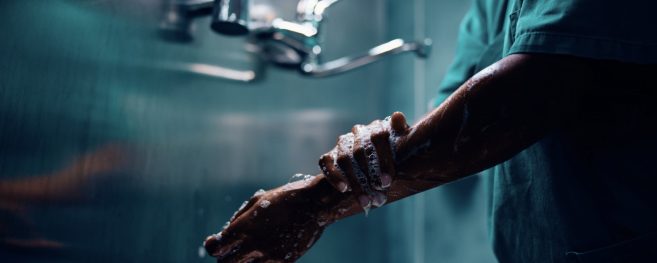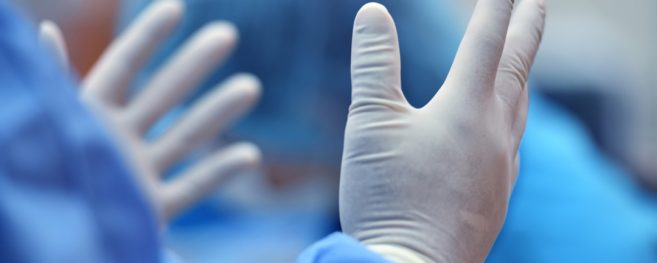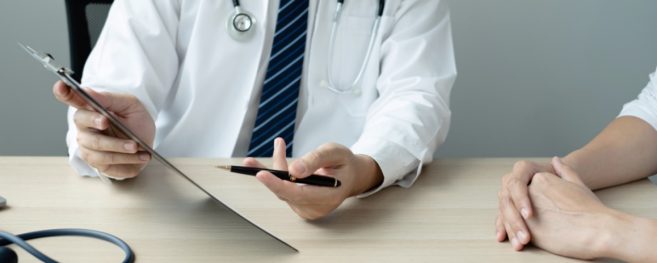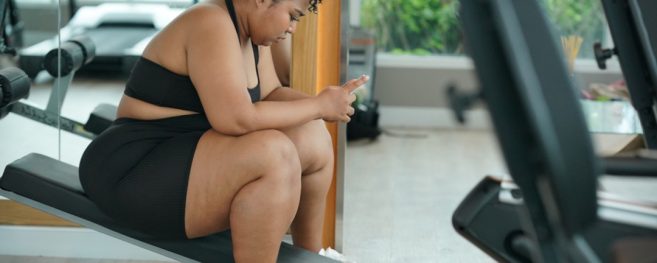Eating and Drinking After Weight Loss Surgery
By: Laura DeAndrade, ANP-BC
Nearly all bariatric programs will have specific recommendations regarding your eating and drinking patterns after surgery. The most consistent recommendations are to:
- Focus on good, lean proteins
- Drink a minimum of 64 ounces of no calorie or low calorie fluids daily
- Take vitamin supplements
- Avoid drinking with meals
These guidelines were made many years ago and are still in place today. Patients often struggle a great deal with not drinking while they eat since this is something they did mindlessly prior to surgery. For someone who has never had weight loss surgery this doesn’t really matter too much. Even years after surgery, this continues to be one of the most difficult changes to adapt to after surgery. When patients are struggling to meet their weight loss goals or they’ve
regained a few pounds, one of the habits they frequently have resumed is drinking with meals.
Gastric banding, sleeve gastrectomy, and gastric bypass all work through a restrictive component. This means you feel full with a smaller amount of food or have a restricted amount of food you will be able to tolerate. Concentrating on filling your stomach capacity with lean protein will keep you feeling full for a longer period of time for a smaller number of calories. You want that feeling of fullness to last over a long time period. When you drink with meals, you are thinning the consistency of your food, meaning it will take more to fill you up and the food can move through your pouch quicker which will decrease how long you feel full. This can lead to overeating and also cause weight gain. Another disadvantage to eating and drinking at the same time is that you could vomit. A new stomach pouch or the size of your sleeve is not designed to hold a lot of food or fluid at one time. If you eat a decent amount of food (for a weight loss surgery patient) and then drink a bunch of water you could vomit simply because that liquid doesn’t have anywhere else to go.
Try this experiment at home – dump a container of cottage cheese into your kitchen sink without turning the water on and see how long it takes that cottage cheese to slowly empty down the drain. Now dump a second container of cottage cheese into your sink and turn the water on with just the slightest trickle of water and see how quickly that cottage cheese empties down the drain. Another example would be to get a funnel and put it atop a plastic bottle or glass jar. Fill the funnel with applesauce and see how slowly the applesauce empties. This mimics normal stomach emptying. Now pour just a small amount of water into the applesauce and watch how quickly it empties. It’s quite shocking!
At your next meal, don’t drink anything and wait at least 30 minutes after eating to resume drinking. This will keep you feeling fuller longer and hopefully you will continue to lose or maintain your weight.











